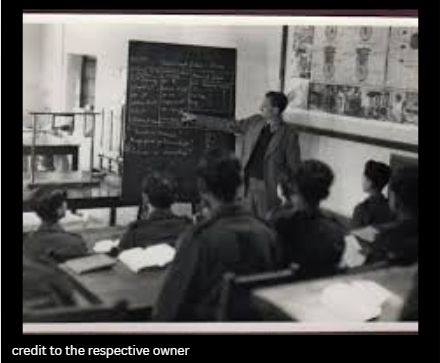It was the 1940s at UC Berkeley, and graduate student George Dantzig found himself running late for class. As he slipped into the room, two math problems lingered on the blackboard. Thinking they were homework, he scribbled them in his notes and left without asking questions.
Those problems, as it turned out, were not routine assignments—they were two of the great mysteries in statistics, untouched by even the brightest minds of the era. But Dantzig, blissfully unaware, rolled up his sleeves and got to work. Days later, he handed in his solutions with a humble note about his tardiness.
Some time after, his professor arrived at his door, visibly shaken. “Do you realize what you’ve just done, George?” he asked. Those so-called homework problems had haunted statisticians for years—yet Dantzig, working in quiet confidence, had cracked them both.
What started as a blunder launched a legendary career. His accidental discoveries became the foundation of his doctoral thesis and led him to pioneer new ways of solving complex problems. He ultimately devised the Simplex algorithm, a breakthrough that still shapes fields from transportation to economics.
The story of George Dantzig is more than a curious academic anecdote—it’s a gentle reminder that sometimes, the greatest barrier to achievement is simply believing something can’t be done. Sometimes, it pays not to know what’s “impossible.”
